In the fast-paced landscape of downtown Seoul, it’s easy to overlook the quieter pockets of history that stand silently amidst towering buildings and neon lights. One such understated gem is Gwanghuimun Gate, a lesser-known yet historically significant part of Seoul’s ancient city wall, Hanyangdoseong. While tourists may flock to the grand gates of Gwanghwamun or Heunginjimun, Gwanghuimun offers something arguably more authentic—an unembellished encounter with the past, standing quietly in the heart of modern-day Jung-gu.
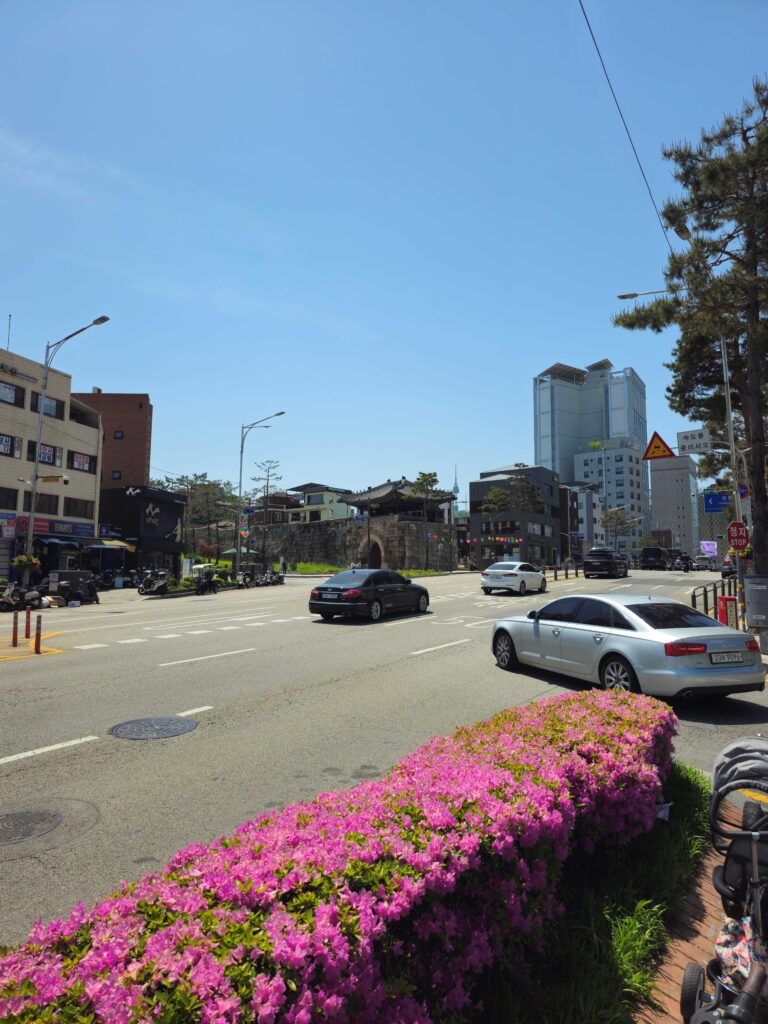
Historical Background
Originally constructed in 1396 under King Taejo, founder of the Joseon Dynasty, Gwanghuimun was built as the southeastern auxiliary gate of Seoul’s fortress wall. The name “Gwanghuimun” translates to “Gate of Bright Benevolence,” a name that feels at odds with one of its earlier and more somber nicknames—Sikumun, or “Corpse Gate.” This was due to its historical role as the main exit for funeral processions heading to burial grounds outside the city. While its function today is purely commemorative, this small gate was once a vital artery in the living, breathing mechanism of old Hanyang.
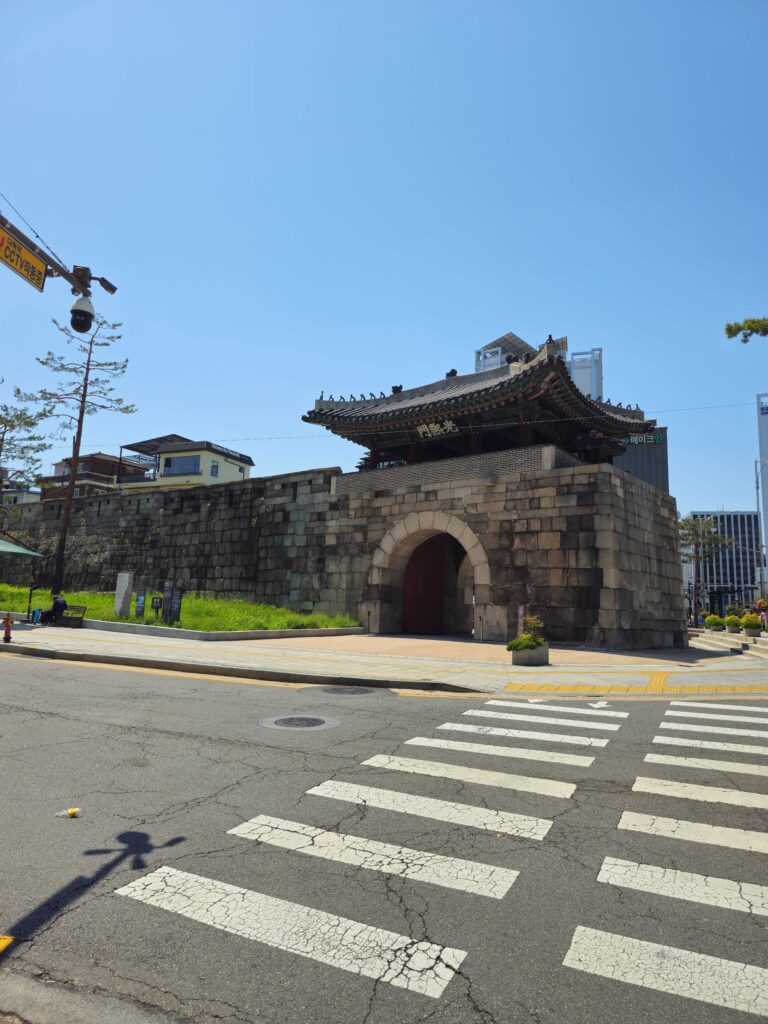
Destruction, Relocation, and Restoration
Over time, Gwanghuimun experienced both destruction and rebirth. During the Japanese invasions of the late 16th century (the Imjin War), the gate was heavily damaged, only to be rebuilt in 1711 under King Sukjong. A wooden gatehouse was added in 1719, a common feature of fortress gates at the time, serving both as an architectural flourish and a strategic lookout point. Unfortunately, during the Korean War in the 1950s, the gatehouse was destroyed again. When it was finally restored in 1975, it had to be relocated 15 meters south due to urban development. Despite these interruptions, Gwanghuimun has retained its identity as a part of Seoul’s cultural and historical narrative.
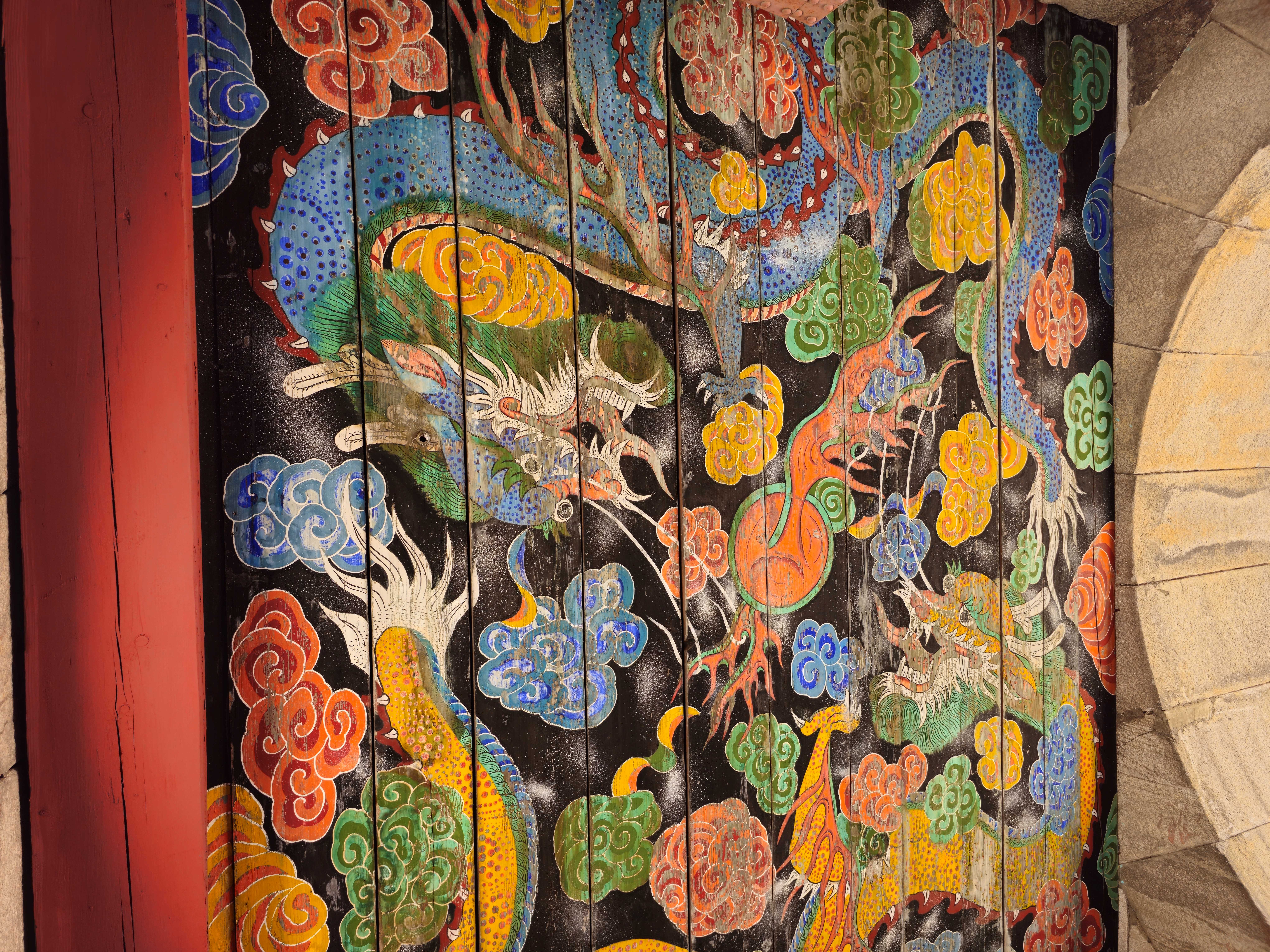
Architectural Features
What makes Gwanghuimun particularly compelling is its architectural simplicity. The main structure consists of a stone archway topped with a modest wooden pavilion, known as a gatehouse or “munru.” The arch itself is constructed from finely hewn granite blocks, forming a clean semicircular tunnel that once accommodated carts, horses, and foot traffic. The gatehouse is built in traditional Korean style, with a tiled roof, timber columns, and understated ornamentation. Unlike larger gates that were often built to impress, Gwanghuimun’s architecture is functional and unpretentious, reflecting its utilitarian role within the city wall system.
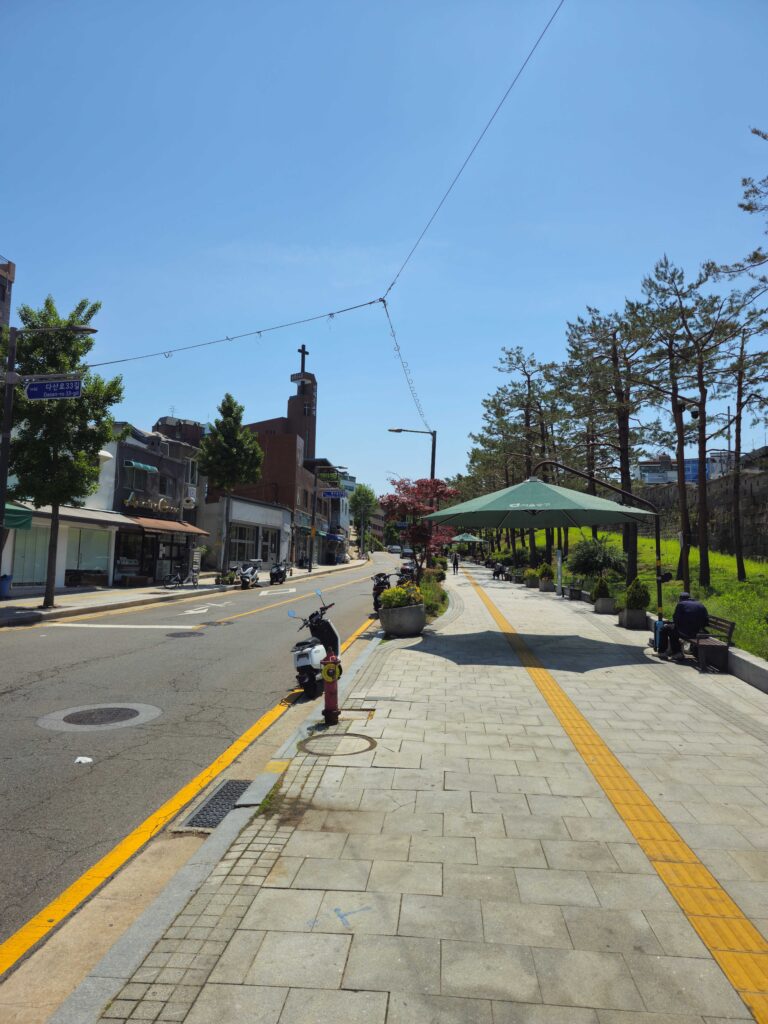
Setting and Surroundings
Its location adds to its charm. Tucked away in a relatively quiet corner of central Seoul, near the foot of Mt. Namsan, the gate is set against a backdrop of leafy streets and small shops. It is not uncommon to find local residents passing by without a second glance, their daily routines brushing against the edge of five centuries of history. Yet for visitors with a keen eye and a curiosity for Seoul’s deeper layers, Gwanghuimun offers a rare moment of stillness and reflection. You are quite literally stepping through a gateway into the city’s forgotten past.
Cultural Significance
Culturally, the gate also speaks volumes about the mindset of the Joseon Dynasty. The use of designated gates for specific rituals—such as moving the deceased outside city limits—was part of the broader Confucian order that governed everything from statecraft to funeral rites. Gwanghuimun thus wasn’t just a piece of infrastructure; it was a component in a worldview that valued social harmony, cleanliness, and respect for tradition. Its quiet presence today continues to echo those values, even if few people passing by stop to consider its significance.
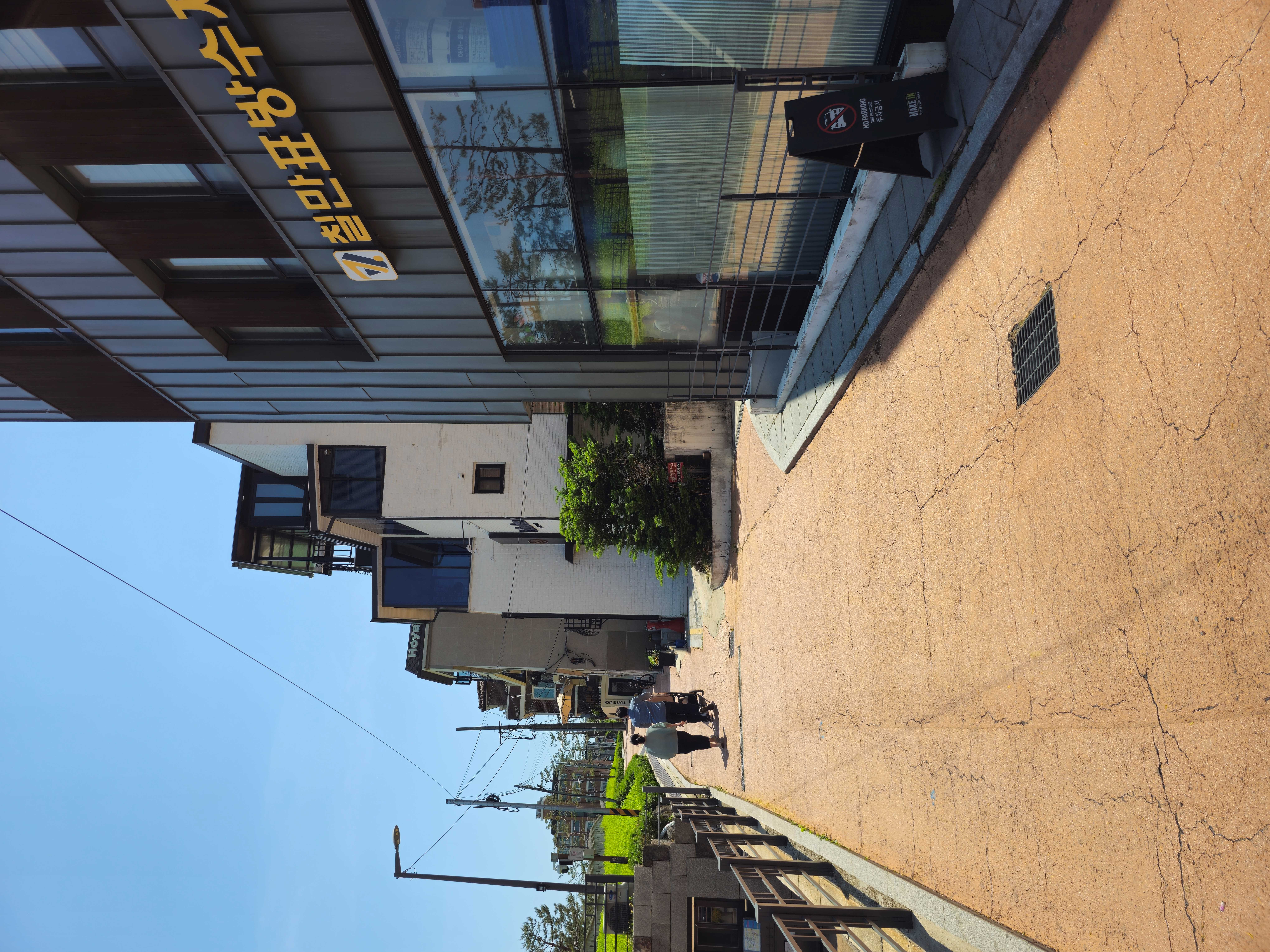
Connection to Hanyangdoseong
Gwanghuimun is also tied to the broader history of the Seoul City Wall, known in Korean as Hanyangdoseong. This 18.6-kilometer-long wall once enclosed the capital and its surrounding mountains, forming a natural and manmade barrier. The wall included eight gates in total—four major and four minor—and Gwanghuimun is the only minor gate in the south that remains intact in both form and function. For those interested in hiking or exploring segments of the wall, visiting Gwanghuimun can be a great starting or midpoint, especially in conjunction with Namsan Park or the remnants of the wall near Jangchungdan Park.
Visitor Experience
Walking near the gate, it’s easy to forget you’re in the middle of one of Asia’s most dynamic metropolises. The air seems quieter, the pace slower. A short visit can turn into an extended pause—perhaps sitting on a nearby bench, observing the interplay of stone, wood, and shadow as the sun dips behind the nearby buildings. It’s in these quiet moments that the gate reveals its truest character: a dignified survivor, a witness to centuries, a link between ancient Hanyang and global Seoul.
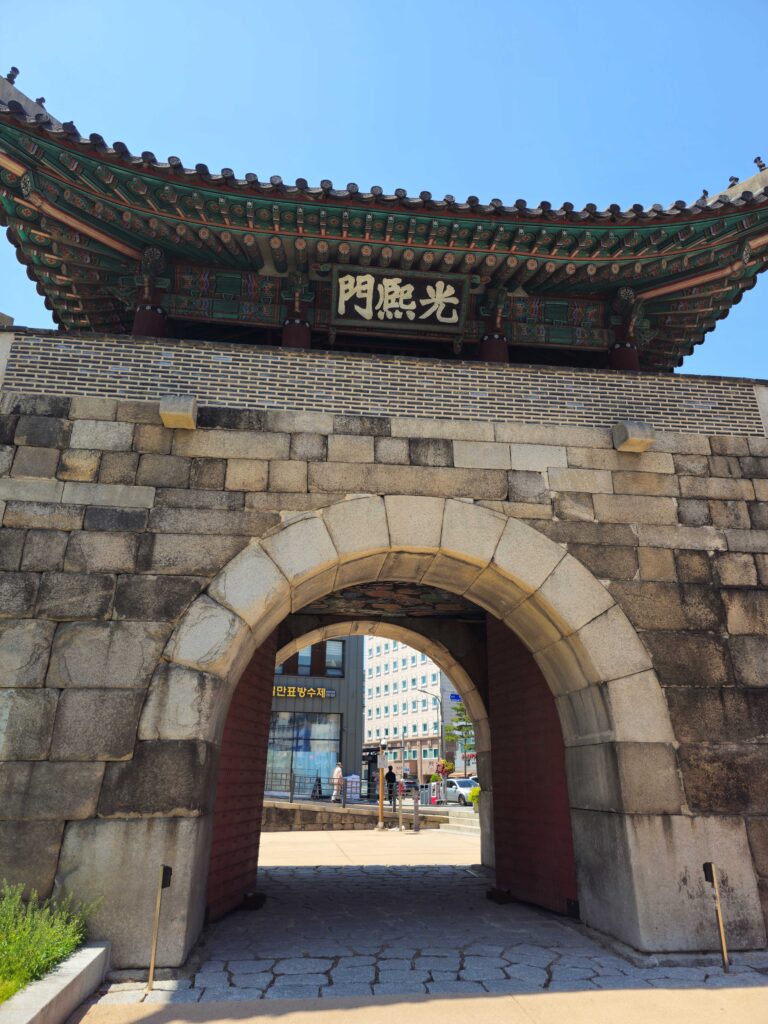
Travel Tips
While Gwanghuimun is not a site that will take hours to explore, it’s worth carving out time for if you find yourself in the area. Combined with nearby attractions like Dongdaemun Design Plaza or Namsangol Hanok Village, it rounds out an itinerary that spans Korea’s traditional, modern, and futuristic identities. And for those keen on photography or sketching, the gate’s simple symmetry and rustic textures offer a beautiful subject that’s rarely overrun with tourists. And If you’re looking to enjoy a drink with a great view nearby, I recommend stopping by this place.
In a city that constantly reinvents itself, Gwanghuimun is a gentle reminder that not all progress involves erasure. Some elements of the past are quiet enough to survive and strong enough to endure. Visiting this gate is more than a tick on a checklist—it’s a moment of dialogue between time, space, and memory.
Practical Information
- Name: Gwanghuimun Gate (광희문)
- Address: 105, Gwanghui-dong 2-ga, Jung-gu, Seoul, South Korea
- Nearest Subway Station: Dongdaemun History & Culture Park Station (Lines 2, 4, 5), Exit 3 – Approx. 5-minute walk
- Opening Hours: Open year-round, 24/7 (no admission fee)
- Admission Fee: Free
- Facilities: No restrooms or parking on site, but public amenities are available nearby

